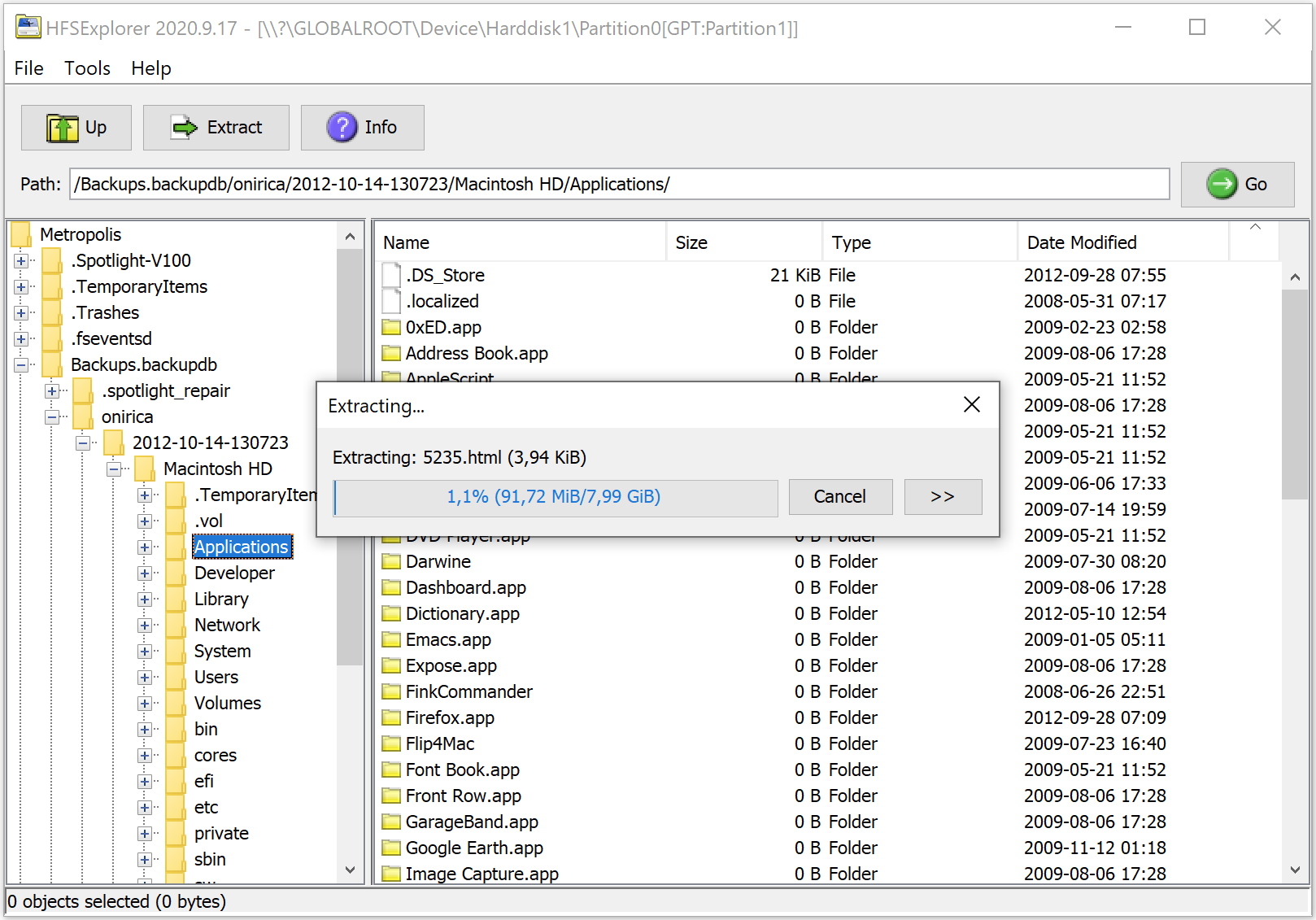With Microsoft Windows 10 Fall Creators update many users have ran into problems updating becuase their computer was installed with a too small EFI partition (100 MB). I’d consider this a warranty issue with the computer supplier, becuase obviously the computer wasn’t Windows 10 ready. The problem is that the hardware supplier will happily take your machine in, erase it and factory install it with a new Windows 10 image with a bigger EFI, but you will lose all your data.
A solution would of cause to make a backup and let them erase the machine but some of my clients have computers that will take 1-2 work days to reinstall and configure all software. So resizing the EFI is preferred.
This guide shows a simple way to do it with EaseUS partition master (requires to buy a license, but 50-60 usd is worth it if I can save 1-2 days of work). The problem is that in my case it wasn’t so simple as the guide shows, because there were no unallocated space after the EFI partition and the 16 MB MSR partition following it wasn’t possible to move. The layout looked like this (simplified):
EFI-partition -> 16 MB MSR partition (file system type “Other”) -> circa 500 GB NTFS Windows partition (C:)
This is how I solved it using EaseUS partition master:
- Backup, backup and backup all your data! If something goes wrong this is your life line.
- Resize the 500 GB NTFS partion, shrinking it and creating 32 MB unused space after the NTFS partition (I first tried 16 MB but wasn’t able to clone the 16 MB MSR partition to it, displaying an error message saying it wasn’t enough space), apply changes and let the system reboot
- Select the 16 MB MSR and clone it to the unsused 32 MB space
- Resize the 500 GB NTFS partition, shrinking it creating 400 MB unused space before the NTFS partition, apply changes and let the system reboot
- Now there is 400 MB unallocated space between the EFI and NTFS-partitions. Select the EFI partition and resize it to 500 MB, apply and reboot



